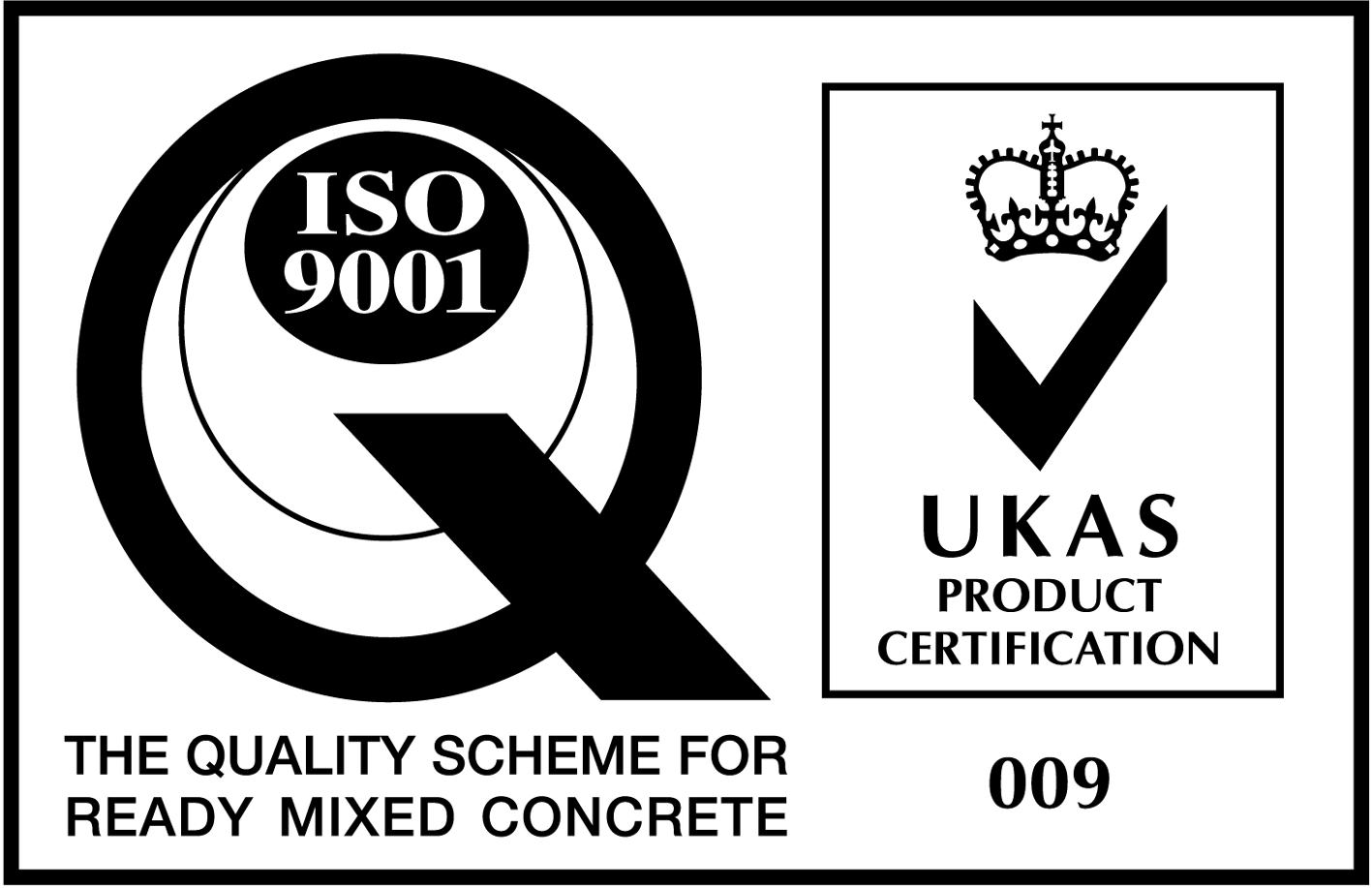Tips For Pouring Concrete In The Rain
In Britain, it rains for an average of 156.2 days every year. This complicates things slightly for the concrete finishers working outside, trying to get their projects completed in good time without being held back. Aside from being unpleasant to work in, rain affects the structural integrity of concrete which can have knock-on effects for your projects and your business. Pouring concrete in the rain is discouraged, but sometimes unavoidable, so we’ve put together a helpful guide.

How is concrete affected by rain?
Though it can be a good idea to keep concrete moist after it’s laid in order to enhance the curing process, extra water shouldn’t be added whilst being mixed. Rain can affect the consistency of concrete by changing the proportions of its different elements.
Concrete is formed by mixing together cement, aggregates and water in varying proportions. When hydration – a chemical reaction between cement and water – takes place, concrete hardens and therefore becomes stronger.
If too much rain falls into the concrete mix – or if it is laid onto wet surfaces or trenches – this will affect the mix, resulting in weak concrete. Rain falling on freshly-poured concrete can cause damage to the surface, making it bumpy and uneven.
How to prevent rain from impacting on concrete
Of course, pouring concrete mix in the rain is best avoided altogether, but sometimes it isn’t possible to wait. If rain is forecast on the day you are pouring concrete, make sure the site is well covered with plastic sheets and tarpaulin to keep the ground as dry as possible. If it starts to rain during the pour, make sure you are prepared with plastic sheets and timber to construct a shelter over the fresh concrete. If you are pouring concrete after the rain has stopped, make sure to push any surface water off the edge of the slab first. Concrete should never be poured on top of very wet surfaces or water-filled cavities.
How do I know whether concrete has been damaged by rain?
Any significant damage to the concrete should be obvious after a quick visual check of the area – the surface may appear uneven, or there could be lumps and bumps in the concrete. To test the abrasion resistance of the concrete, you can do a scratch test using a screwdriver, which gives you an idea of its hardness.
Looking to order concrete for a project? Place your order today
Make a BookingDo’s and don’ts of pouring concrete in the rain
- DO check the weather forecast beforehand and be prepared for any eventuality
- DO ensure the area is covered if it begins to rain after the concrete is poured
- DON’T work rainwater into the concrete mix during the curing process, it will become contaminated
- DON’T pour concrete in the rain if it’s not essential
Here at Total Concrete, we supply top-quality concrete to both residential and commercial customers. A leading supplier in the area, we operate throughout Surrey, Guildford, Woking and surrounding areas. We offer next-day delivery, and can even provide a concrete pump hire service. To find out more, contact our friendly team today.
 Trade Zone
Trade Zone
